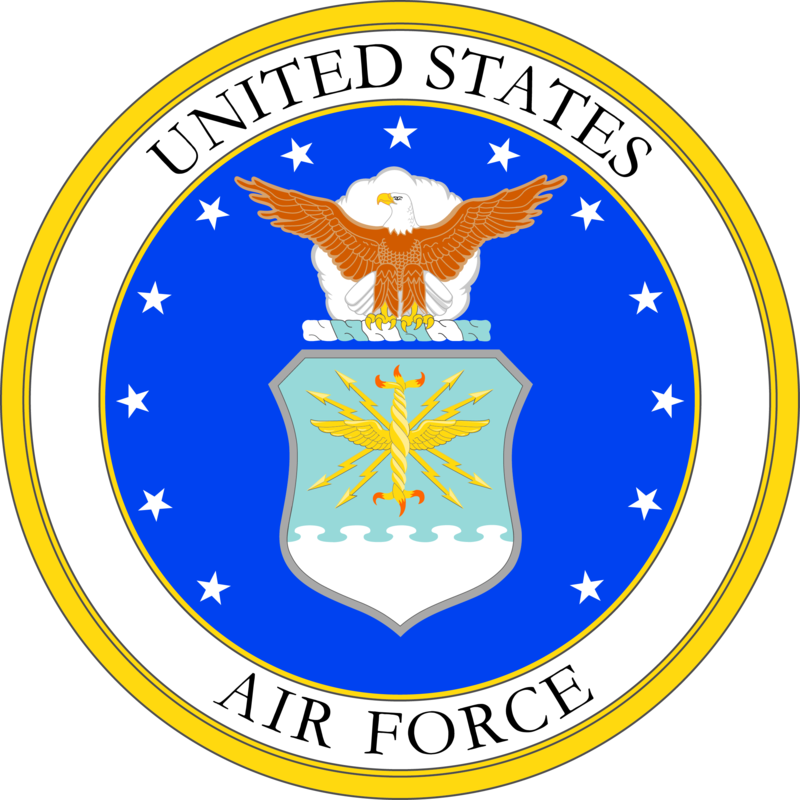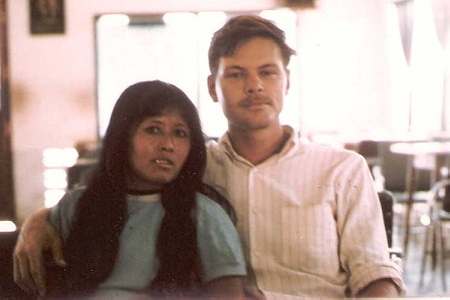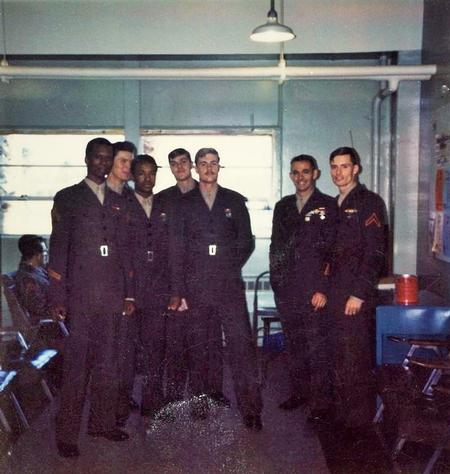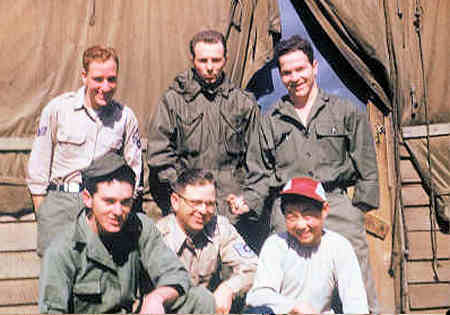ABOUT HQ SAC
- Origins and Creation: The Headquarters, Strategic Air Command (HQ SAC) was established in March 1946, as the United States Air Force's main command for strategic bombers and nuclear deterrence during the early Cold War.
- Main Mission: HQ SAC was responsible for the command and control of the nation’s land-based strategic bomber aircraft, intercontinental ballistic missiles (ICBMs), and aerial refueling tankers.
- Location: The HQ SAC was headquartered at Offutt Air Force Base, Nebraska, which became one of the most secure and strategically important military installations in the US.
- Cuban Missile Crisis: During the 1962 Cuban Missile Crisis, SAC was placed at DEFCON 2, just one step below nuclear war, marking the highest state of readiness ever ordered for US nuclear forces.
- Operation Chrome Dome: SAC operated continuous airborne alert missions during the Cold War, with nuclear-armed bombers in the air 24/7, ready to strike in case of Soviet attack.
- Iconic Aircraft: SAC operated legendary aircraft such as the B-47 Stratojet, B-52 Stratofortress, B-58 Hustler, and the SR-71 Blackbird, as well as the Titan and Minuteman missile systems.
- “Peace is our Profession” Motto: SAC adopted the motto “Peace is our Profession,” highlighting its role in deterrence during the nuclear age, despite commanding the world’s most powerful arsenal.
- Post-Cold War Transition: After the end of the Cold War, SAC was disestablished in 1992, and its missions and assets were transferred to the newly formed Air Combat Command (ACC) and Air Force Global Strike Command (AFGSC).
- Underground Command Center: HQ SAC maintained a hardened underground command post at Offutt AFB, designed to survive a nuclear strike and continue command of US nuclear forces.
- Role in Popular Culture: HQ SAC and its operations have been featured in numerous films and books, including the classic movie Dr. Strangelove and the 1955 film Strategic Air Command starring Jimmy Stewart.







